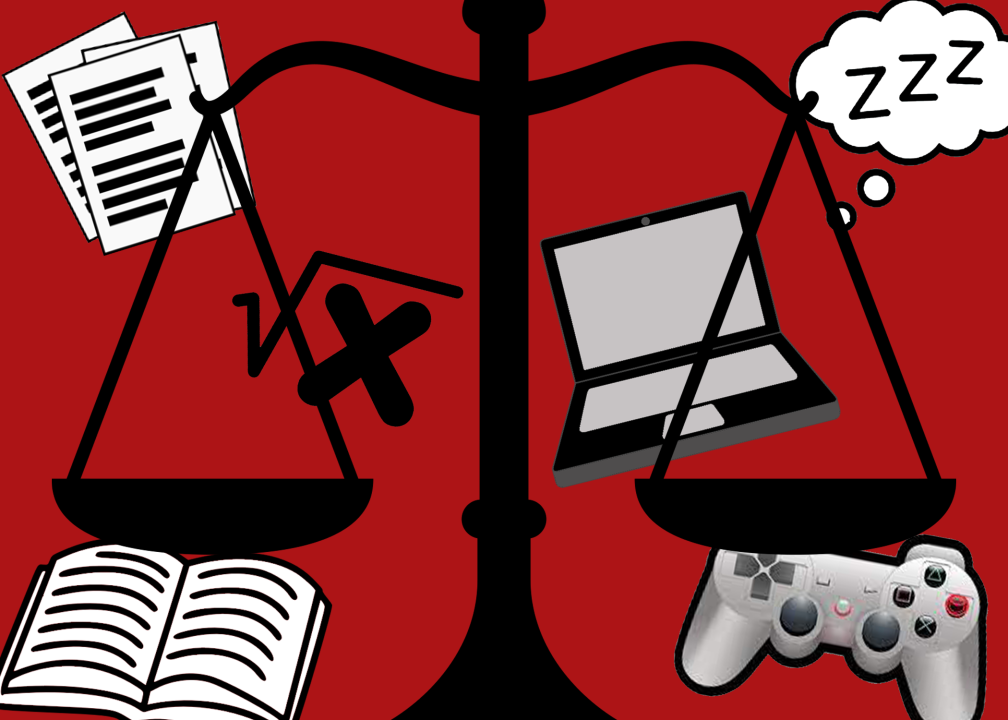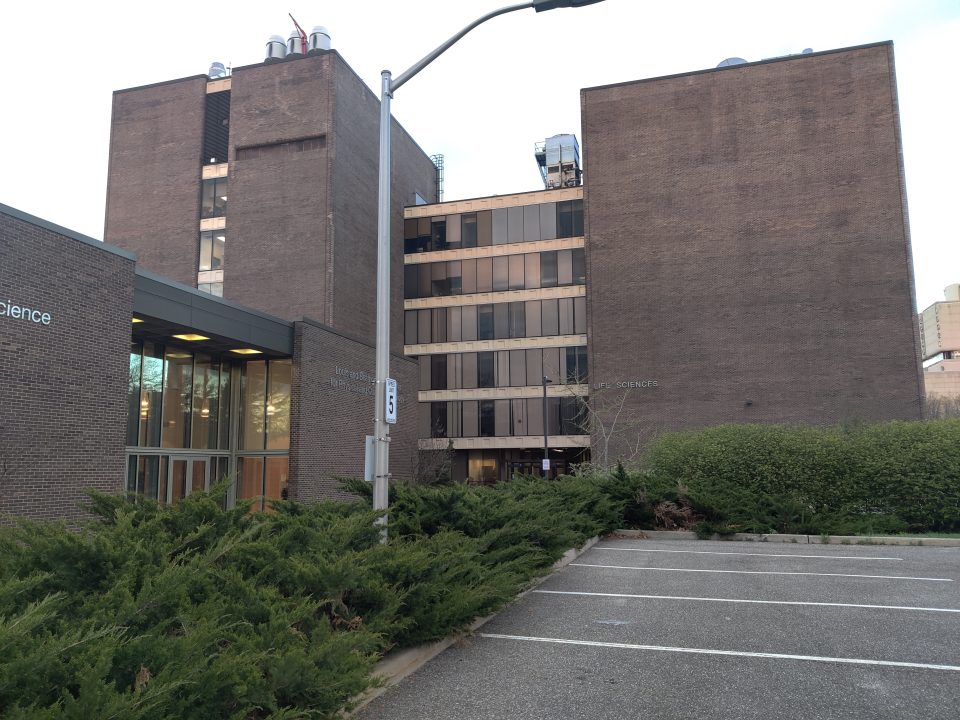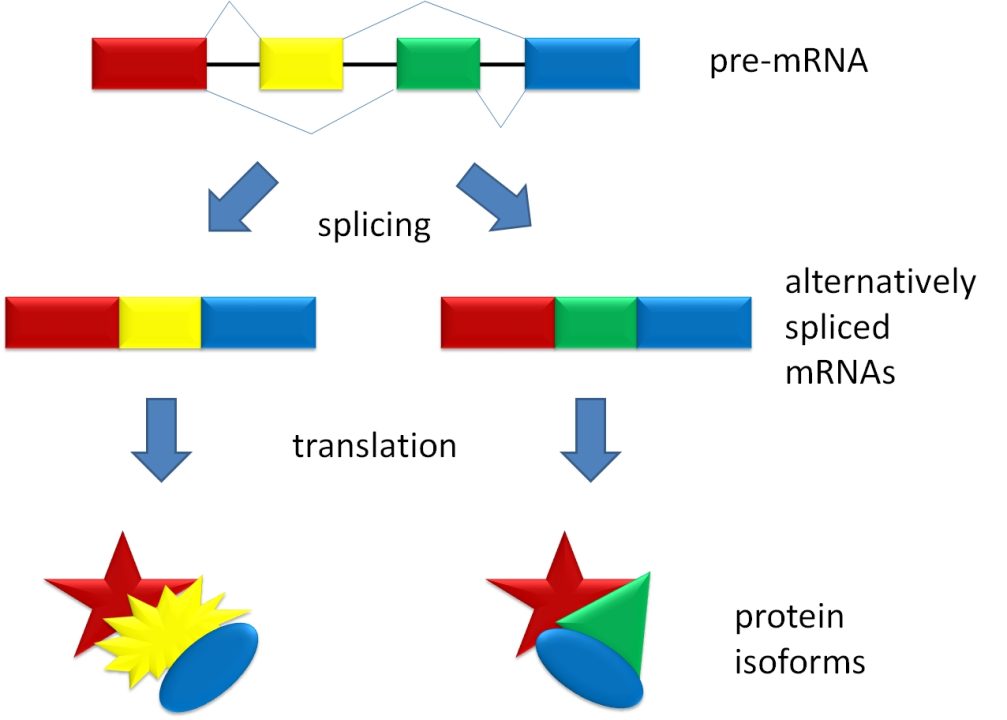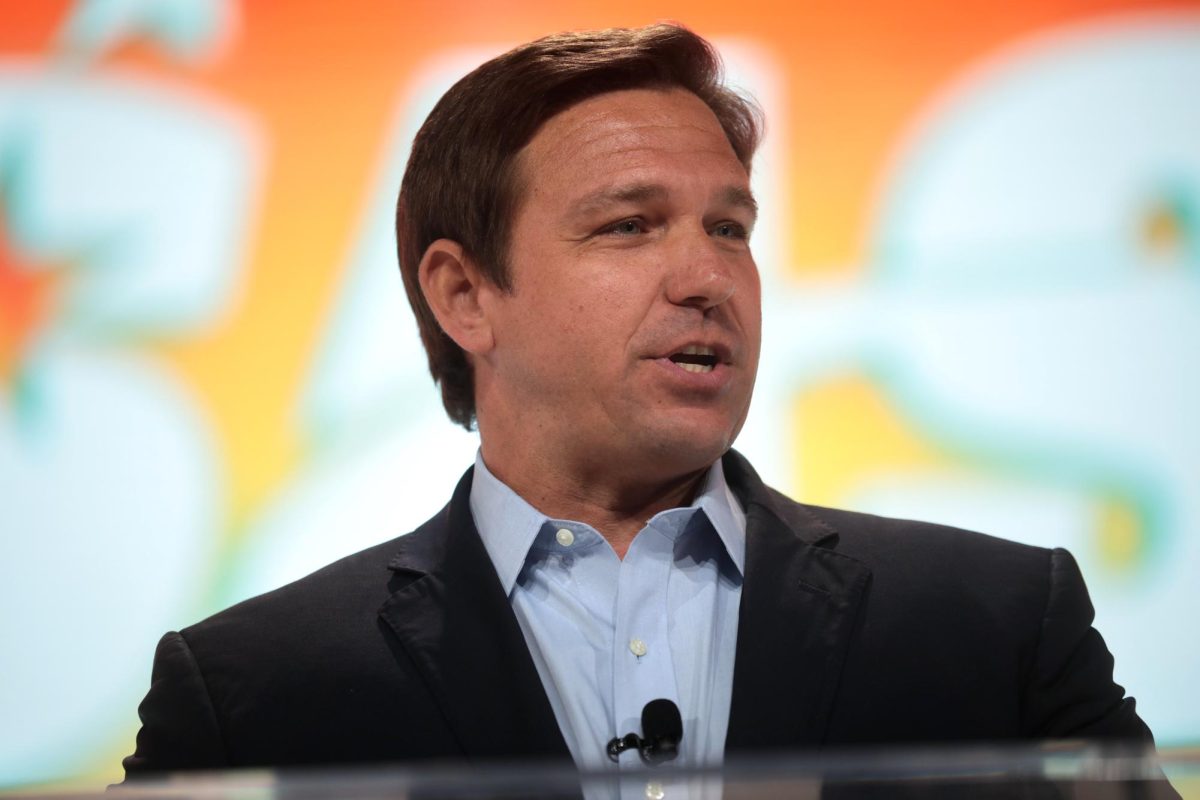
Ryan Pavich is a senior English major, who is the Sports Editor at The Statesman.
Two weeks ago, Stony Brook Athletics announced that the sports programs playing in the fall semester would be postponed to the spring semester, following a summer of uncertainty around what athletic competitions would look like amidst the COVID-19 pandemic. The move was part of a larger decision by the America East conference to not play in the fall, one of several conferences to make this decision.
While we have seen plenty of conferences like the Ivy League, the Mid-Eastern Athletic Conference and the Patriot League — among dozens of other conferences in Division II and below — suspend college football for the fall, there has been one bastion holding out: the Power Five conferences. The Big 10, Big 12, Atlantic Coastal Conference (ACC), Southeastern Conference (SEC) and Pac-12 conferences were operating under the assumption that football will be played in the fall, with every conference except the Big 12 adopting conference-only schedules.
The Big 10 recently became the first major conference to postpone playing in the fall, but only after a heavy debate between the presidents of the conference’s schools. Nevertheless, it seems that the domino effect has begun. The Pac-12 has followed suit in postponing their season, and the remaining conferences are wavering in the wind.
The conferences have previously claimed in their statements announcing the adapted seasons that playing the season will not run the risk of endangering the players. SEC commissioner Greg Sankey said that his league’s plan for playing is “consistent with the educational goals of our universities to allow for the safe and orderly return to campus of their student populations.” ACC Commissioner John Swofford echoed that sentiment, saying that “our institutions are committed to taking the necessary measures to facilitate the return in a safe and responsible manner.” There is just one problem with those assurances.
There is no safe way to return to football in the fall.
Professional sports leagues have struggled to adapt to the virus and resume play in the months that the National Collegiate Athletic Association (NCAA) has been dormant. Some leagues, like the National Basketball Association and the National Hockey League, have instituted a bubble environment — an isolated environment where the players and staff play the entire season out.
Major League Baseball (MLB) opted against this approach, however, and has played their season with travel as normal, but limited to local regions. This is the approach that college football will mirror, and it has had difficulties in minimizing breakouts. Within two weeks of the season beginning, MLB is dealing with an outbreak in both the Miami Marlins and St. Louis Cardinals’ clubhouses, and that has also thrown the teams that were supposed to play those franchises into disarray.
If professional athletes are struggling to contain the virus, then college athletes will have an even greater task to deal with. They will have to manage safety protocols while on the field and in practice, and then also get exposed to the campus at large in classes. It’s likely that there will be online classes for many players, but not all will have that luxury depending on their majors. There is also the factor of choice — namely, that professional athletes were given the option of opting out of the season if they were uncomfortable with the situation. That isn’t the case for college athletes, though some are beginning to speak out about it.
Players from the Pac-12 came together to make a statement in The Players’ Tribune, an online media company founded by former Yankees shortstop Derek Jeter as a place for athletes to speak their mind, calling out the conference on what they perceive to be a lack of fairness. The article requested that the Pac-12 not only address concerns about the pandemic, but also tackle long-standing financial issues regarding players’ rights to their own likeness and social concerns following the wave of Black Lives Matter protests across the country. Just days after the statement was made, the Pac-12’s decision to postpone the season was released.
The Pac-12 players’ statement creates a new angle on an old issue for the NCAA, and one that is responsible for the difference between conferences like the America East postponing their sports while the Power Five conferences don’t: Money. The NCAA is a billion-dollar business built on the backs of student athletes who don’t see a dime beyond their scholarships, and one that relies heavily on football as their marquee revenue-earner. The NCAA could brush off the lower conferences suspending their seasons, but their elite conferences delaying or ultimately not playing football in 2020 would throw a wrench right into the middle of their money-making machine.
This priority on profits over health has led the NCAA to be lax in a time when they desperately need to play the part of the responsible overseers they claim to be. Yes, the virus is not as deadly for younger people as it is for older folks, but to be negligent on the possibility of any student athlete dying for the sake of providing more cash to multi-millionaires is beyond immoral. Dying is not the only outcome that can occur when dealing with COVID-19, either. There are serious side-effects and lasting impacts that can happen to anyone who catches it, and to shrug these concerns off is to reveal that these organizations simply don’t have enough of an understanding about the virus.
Take for example Eduardo Rodríguez, a pitcher for the Boston Red Sox. Rodríguez was a perfectly healthy 27-year-old. After he contracted COVID-19 in the offseason, Rodríguez was diagnosed with myocarditis — a heart condition that reduces the heart’s ability to pump blood and can cause abnormal heart rhythms. His season was declared over, but that is secondary to what this condition could lead to. His entire career is jeopardized and his quality of life threatened.
Allowing thousands of players to return to campus for football in the fall could lead to many more cases like Rodríguez’s, as well as a myriad of other symptoms. It will hurt the NCAA’s bottom line to do, but they must take the responsible action and suspend sports in the fall outright instead of allowing their conferences to walk blindly into the unknown.


















